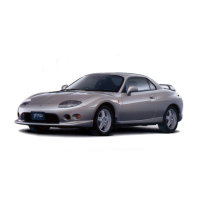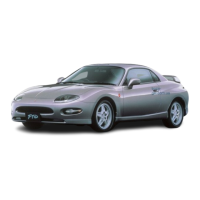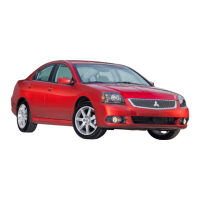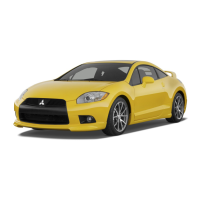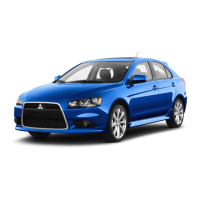12-91
• The outside air inlets
1.3 Waxing
Wax the vehicle once or twice a month or whenever
the wax on the vehicle ceases to repel water.
Apply wax out of direct sunlight and only when the
vehicle’s paintwork is cooler than human body tem-
perature.
1.4 Dirt caked on paintwork
The following contaminants can cause corrosion,
discoloration, or staining of the vehicle if not
washed off: calcium chloride and other salts; road
chemicals, oil; tar; tree sap; bird droppings; and
industrial soot.
If you cannot easily clean off these contaminants,
use a synthetic cleaner that does not scratch or oth-
erwise damage painted surfaces.
1.5 Small chips and scratches
Chips, cracks, and scratches caused by grit thrown
up off the road should be fixed as soon as possible.
If the body metal is visible, corrosion will quickly set
in and require expensive treatment. Your dealer can
supply touch-up paint for small chips and scratches.
2 Rust and corrosion
•
Rust and corrosion developing on the underside
and/or undercarriage of the vehicle could cause
an unexpected failure and even lead to an acci-
dent. Check these areas occasionally (such as
after washing) for rust/corrosion and resulting
holes. If rust is found, remove it using a wire
brush and coat the affected area with a touchup
paint or rust-preventive material. If you find a
hole, have your vehicle repaired by an autho-
rized dealer as soon as possible.
• To help keep your vehicle running reliably for a
long time, you should conduct a detailed check
for rust/corrosion at least once a year, and if
necessary, apply touchup paint or rust-preven-
tive material.
Z21896
FE_FG.book Page 91 Tuesday, February 8, 2011 4:00 PM

